Growing up in the days of black and white, single channel television meant, among other things, that one of my favourite childhood icons was a man with a funny moustache (we used to call it the Hitler moustache back then) and a funnier walk.
His coat never fit him properly, his hat kept falling off, and his walking stick was a weapon of mass destruction against anyone who wished him harm. He wreaked havoc all around him, in time to the peppy music score – and the occasional snatches of dialogue that ran on screen, but I was rarely interested in that, waiting for next bout of slapstickery to occur.
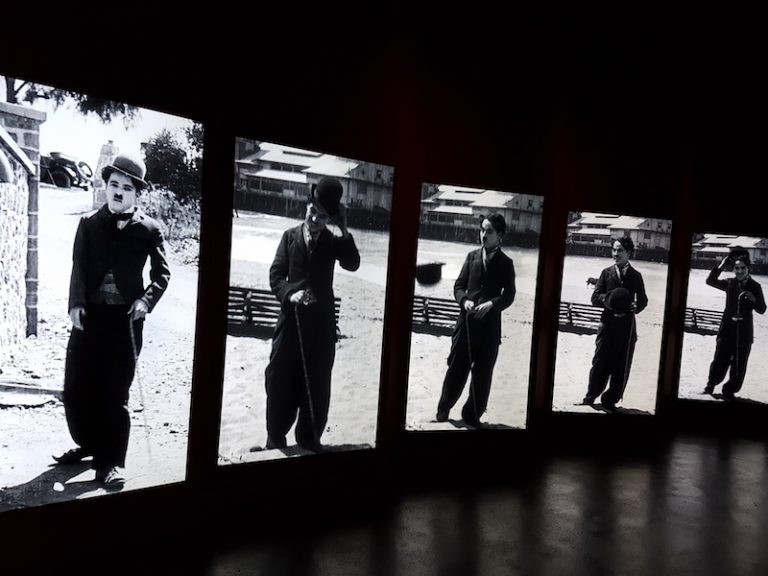
He never seemed really aware of the chaos, always fading out of the screen shrugging his shoulders and smiling shyly. And I could not have enough of Charlie Chaplin.
It was not until I was much older that I became aware of the subtext of most of Charlie Chaplin’s work: the indignity of poverty, the pathos of longing, and finally, the theme that got him into trouble with his adopted home – Hollywood, more correctly, the Immigration Services of the USA, where he was one of the highest taxpayers for several decades – the subtle jibes against capitalism.
Over time, I lost touch with Chaplin’s work, until a chance visit to Switzerland couple of months ago took me to his home on the shores of Lake Geneva, his sanctuary after he was denied a visa to return to America in 1952. It was his closing speech in ‘The Great Dictator’ that led to suspicions about his communist sympathies, in a country already clouded red.
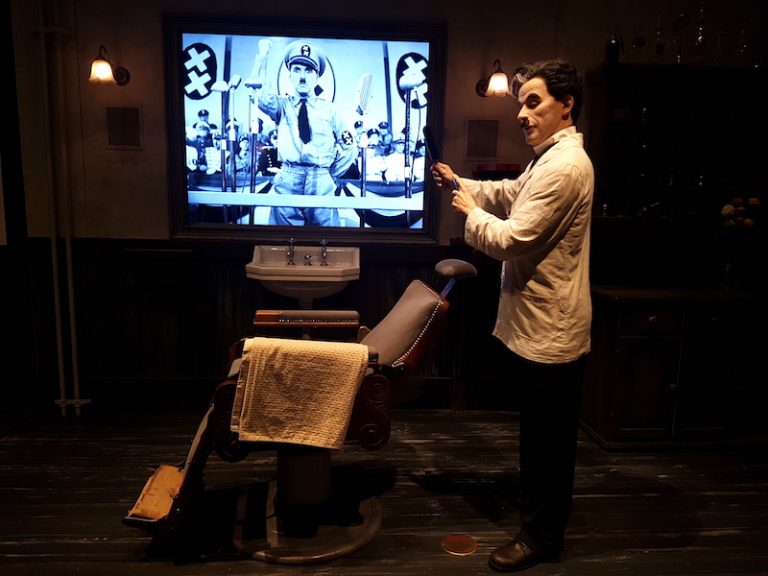
In far away, neutral, Switzerland, he set up home with his wife Oona, with whom he had eight children, and lived there for the last 25 years of his life. Here, Chaplin continued to make movies, compose music, travel the world – and long for the adulation of Hollywood.

Walking through this home – converted recently into a museum devoted to Chaplin’s life and work – I get a glimpse of the man behind the comic genius. The Manoir de Ban stretches over 35 acres. A part of it is his home, preserved just as it was during his lifetime, with rare family photographs showcasing him as a husband and father.
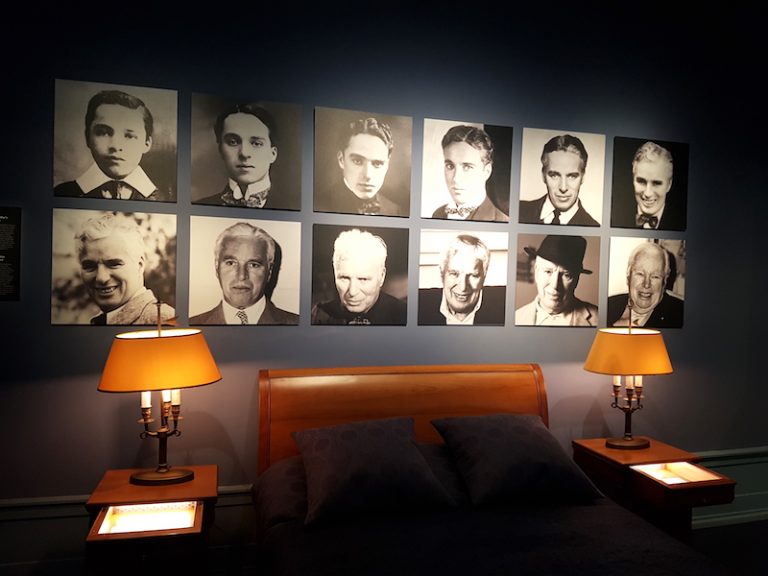
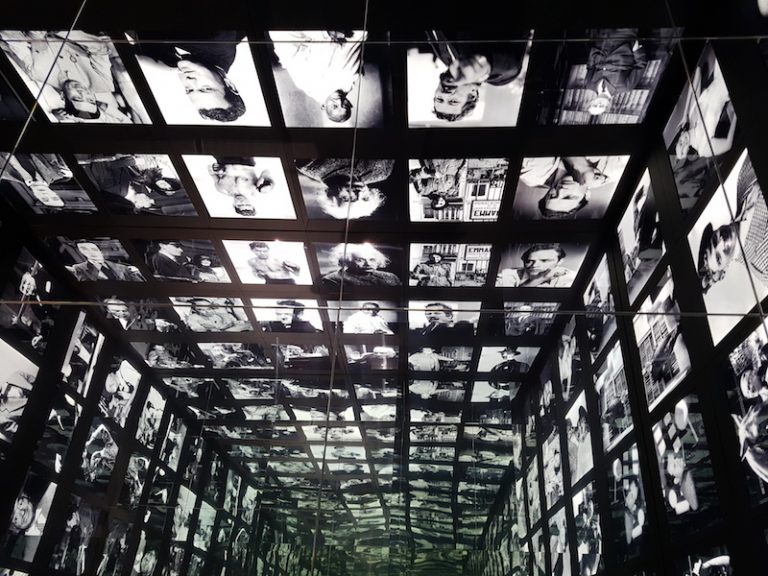
Another part is a studio that allows visitors to walk through his filmography, recreating scenes from his most famous movies, throwing in interesting trivia along the way and letting the more curious among us try our hand with the interactive exhibits; I walk tentatively on the tilting mountain cabin from The Gold Rush and marvel at how he pulled that stunt off nearly a century ago.
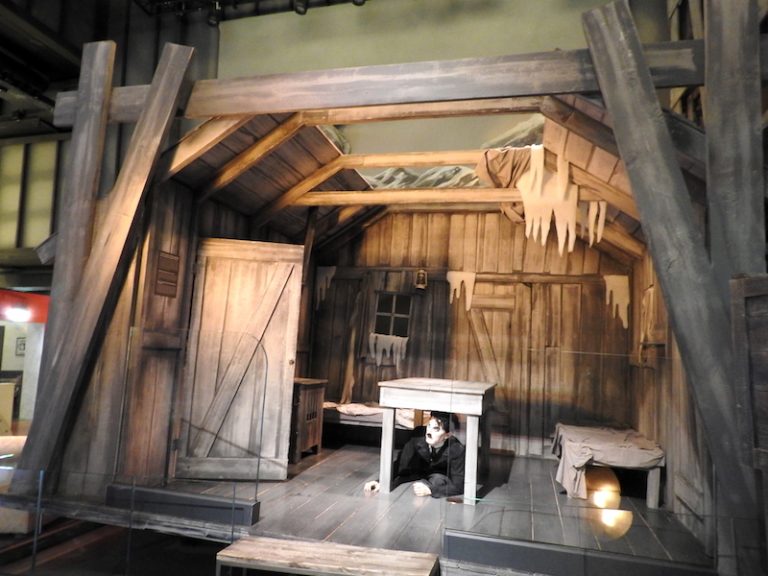
(To be continued…)
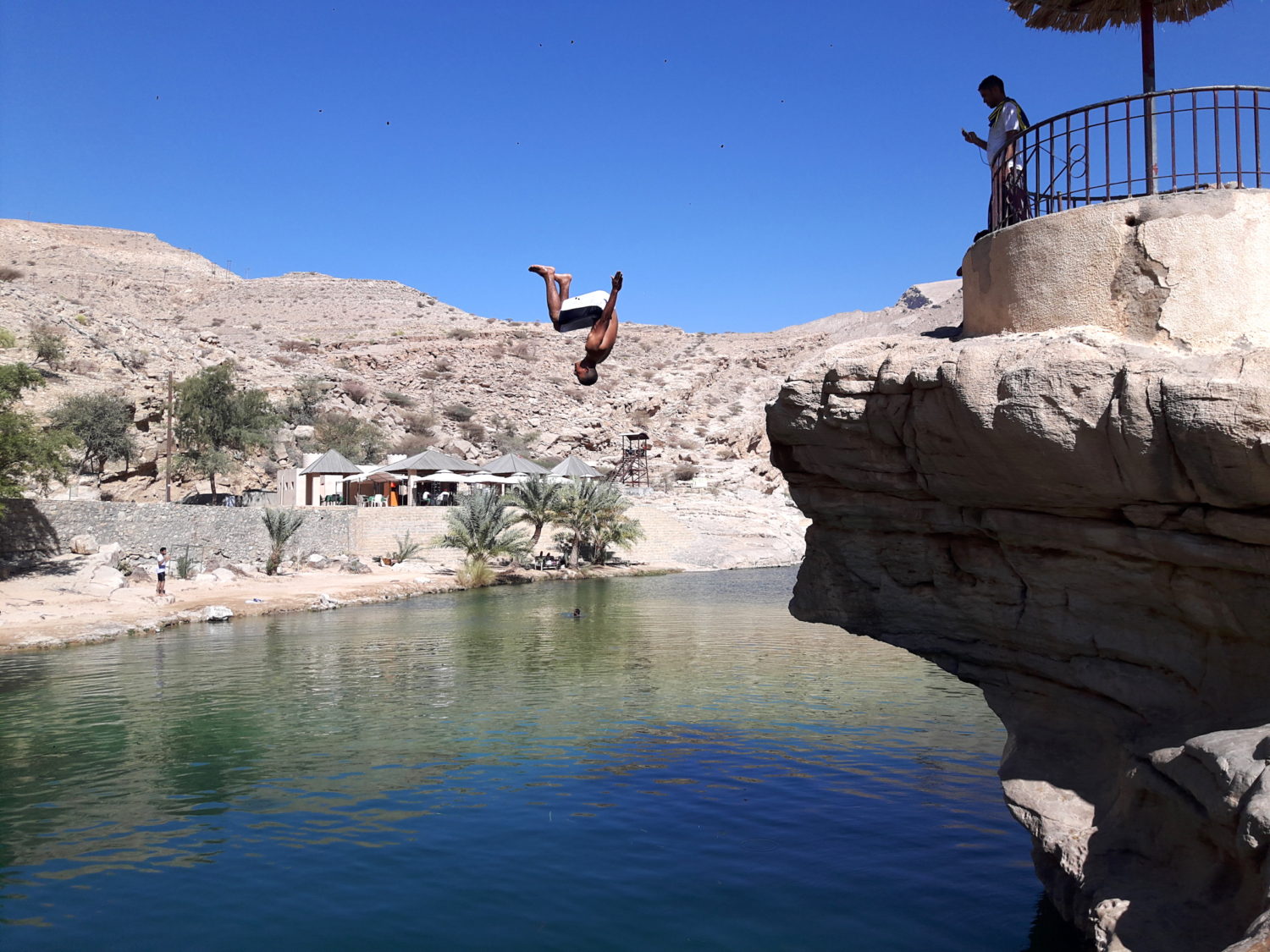

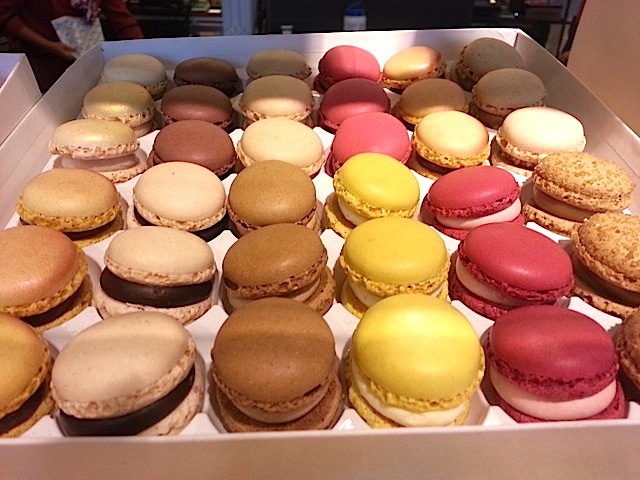

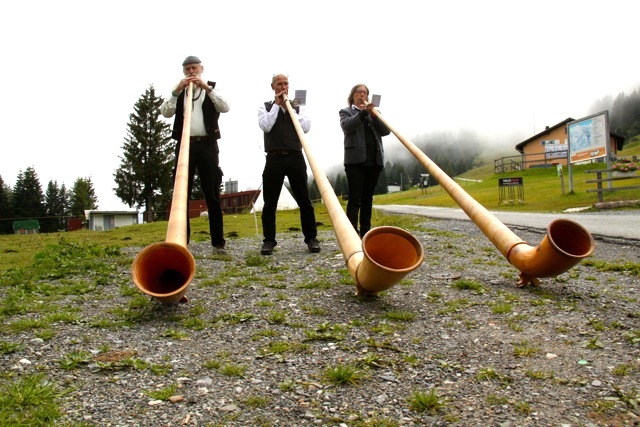
One thought on “An ode to Charlie Chaplin”